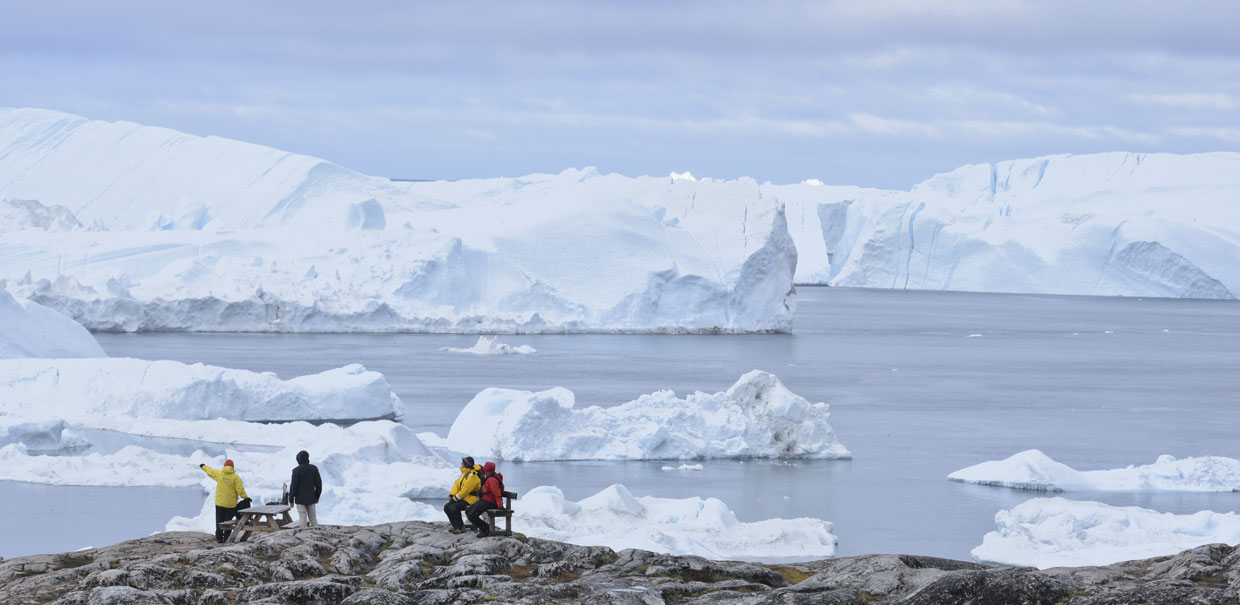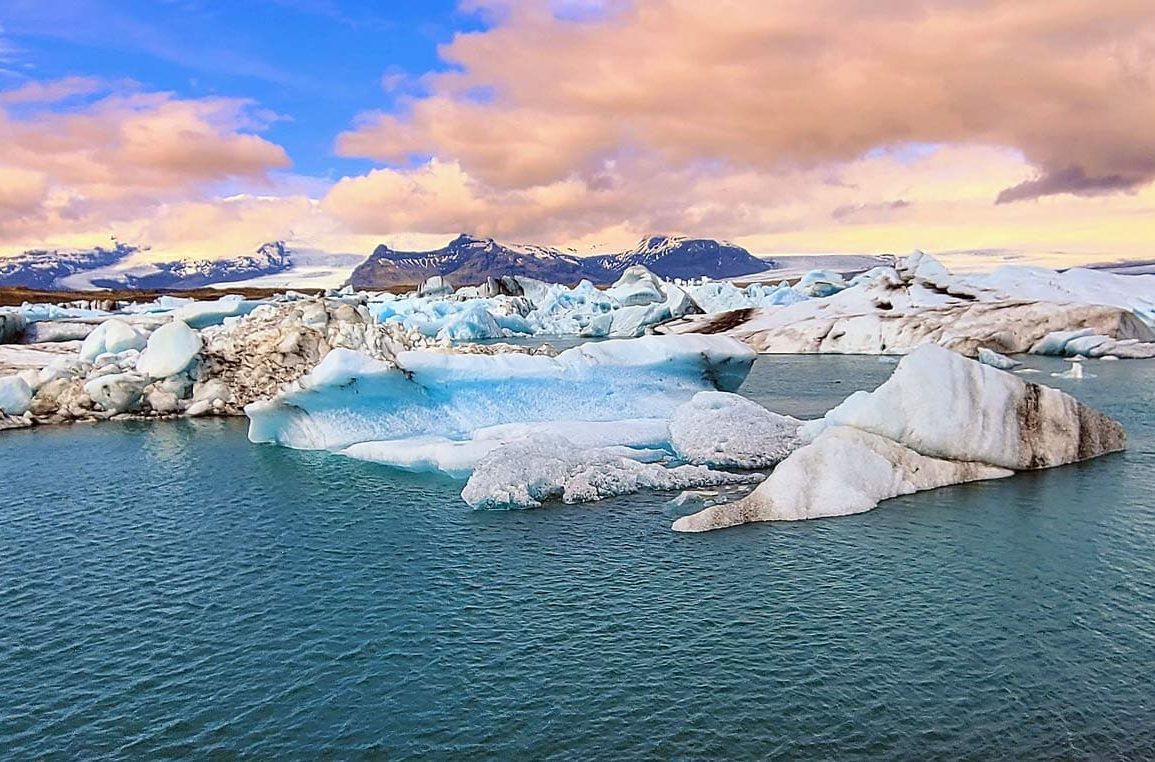Last month, an American tourist visiting an ice cave in one of Europe’s largest national parks tragically lost his life when a frozen arch collapsed, injuring his girlfriend as well.
While the incident in Iceland can’t be directly attributed to climate change, experts note that rising temperatures have accelerated the retreat and disappearance of glaciers, fueling a new trend in adventure travel called “last chance tourism.”
As more travelers rush to witness glaciers before they vanish, places like Iceland have seen a surge in tourism.
Currently, around half a million people visit Iceland each year for glacier tours, according to Elin Sigurveig Sigurdardottir, chief of operations at Icelandic Mountain Guides, a company that leads trips on a different glacier in Vatnajokull National Park, where the fatal accident occurred.
The couple had been visiting the Breidamerkurjokull glacier, known for its stunning blue ice caves formed by meltwater. These caves are primarily found at the base of glaciers—massive rivers of compressed ice and snow slowly flowing down mountain slopes.
In response to the accident, Iceland’s park service has temporarily suspended ice cave tours as authorities review safety protocols and emergency procedures.
“It’s a clear example of how climate change can impact glacier tourism,” said Emmanuel Salim, an assistant professor of geography at the University of Toulouse in France, in reference to the accident.
As glacial tourism becomes more popular, experts now suggest it may require increased safety measures.
This is due to the risks associated with receding glaciers. As meltwater increases, the likelihood of cave collapse grows. Moreover, the moraine—a collection of rock and soil left behind by a glacier—becomes more unstable as the ice melts, leading to potential rockfalls or landslides.
Tour operators, according to Salim, are adapting to keep glacier tourism viable by enhancing maintenance of hiking paths, bridges, stairs, and handrails that provide glacier access. In some cases, insulating blankets are placed on glacier surfaces to slow the rate of melting, especially near ice caves.
These caves, which have gained attention through breathtaking images shared by photographers on social media, have become valuable tourist attractions, dubbed “gold mines” by Icelandic guides.

However, increasing summer temperatures, driven by global warming and the burning of fossil fuels, are destabilizing the cave formations. Glacier tours, once primarily winter activities, have now extended into the summer months.
With more visitors entering these caves, the risk of accidents also rises.
“There are more outdoor enthusiasts, but glaciers are also less stable than they used to be,” explained Trevor Kreznar, general manager of Exit Glacier Guides in Kenai Fjords National Park, Alaska. “If the number of enthusiasts had grown but glaciers remained like they were in the 1980s, it wouldn’t be as much of an issue.”
Tour guides typically assess glacier conditions based on experience, but as climate change continues to impact the unpredictable nature of glaciers, these decisions have become more difficult, said Johannes Theodorus Welling, a postdoctoral researcher in glacier tourism at the University of Iceland.
“Unexpected events can occur that never happened before,” Welling explained. These hazards may require early warning systems for potential glacial collapses, along with contingency plans for both operators and emergency responders, he said.
“I always tell my clients: People don’t die on the glacier, they die under the glacier,” Kreznar said, referring to the dangers of ice caves.
Corin Lohmann, the owner of IceWalks, a tour company operating on the Athabasca Glacier, part of the Columbia Ice Field in Jasper National Park, Alberta, explained that his team has had to adjust their trail to the glacier’s base two or three times every season due to glacial melt.
Additionally, wildfires have disrupted access to the glaciers in recent years, including one that shut down tours this summer.
Without these disruptions, 2024 would have been the company’s busiest year since its founding in 1985, according to Lohmann. However, he believes this growth in glacier tourism won’t last forever.
“This trend has an expiration date, probably within the next 30 to 50 years, if not sooner,” Lohmann said. While he doesn’t specifically promote last chance tourism, he discusses climate change and its effects on the glaciers with his guests.
“It’s a powerful reminder when parents stand with their 10-year-olds on the glacier and say, ‘You might be the last generation to experience this,’” Lohmann shared.

